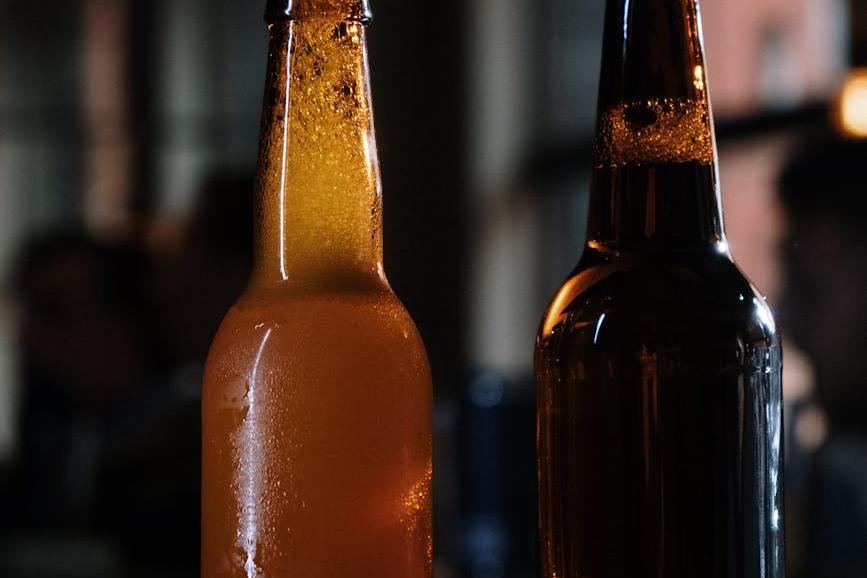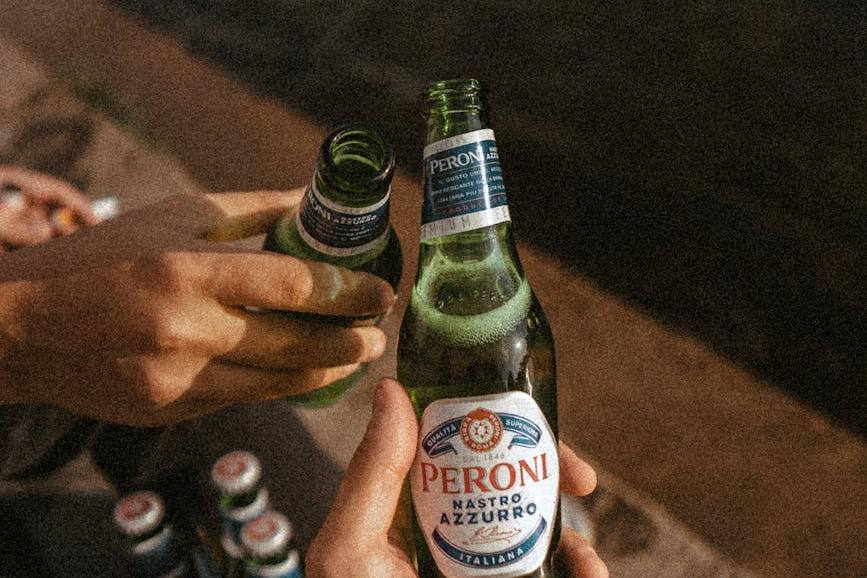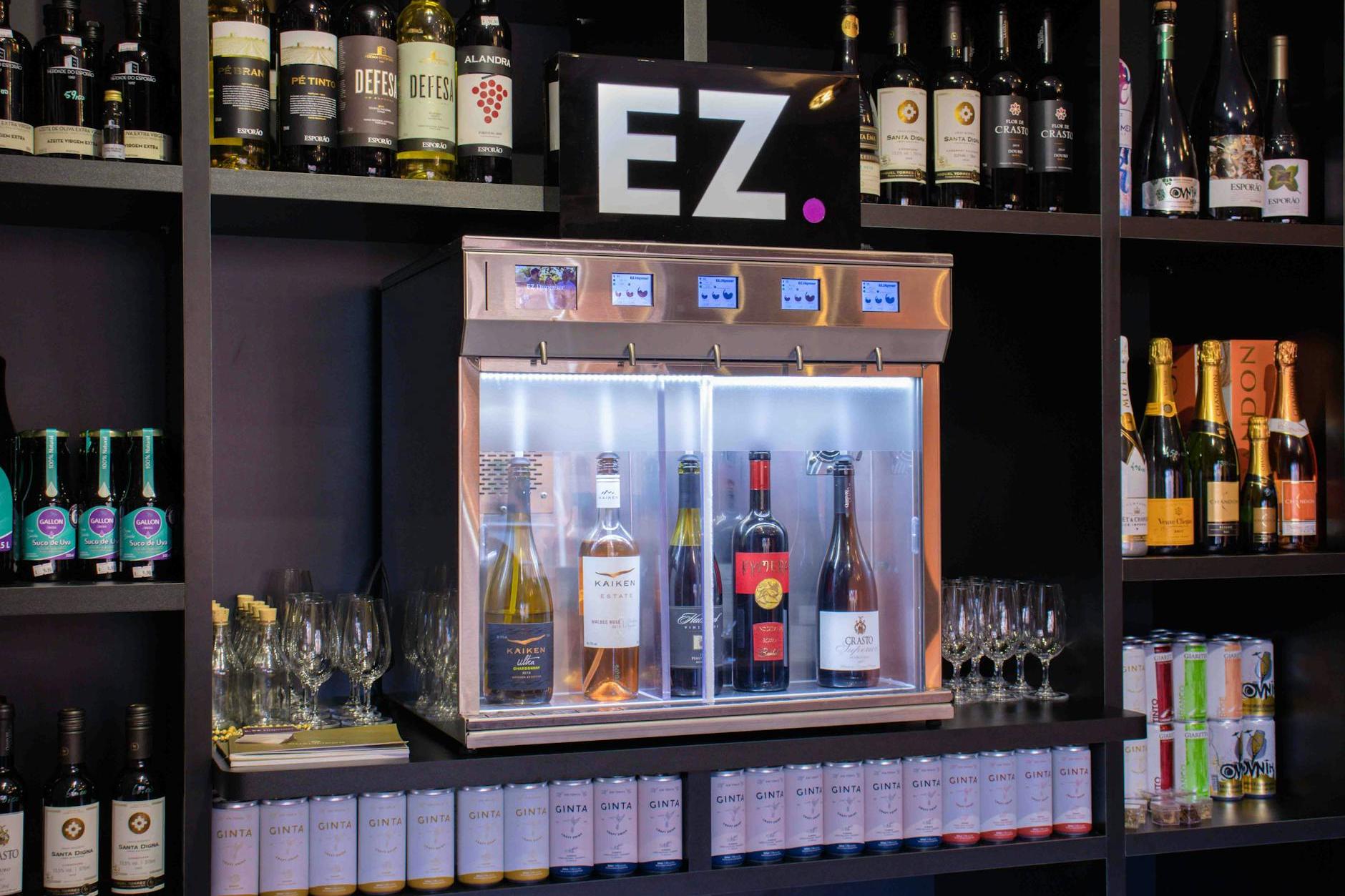- Zhongshen (Shanghai): 20 years of experience in foreign trade.
- Service Hotline: 139 1787 2118

When Beer Meets Customs: Import Costs Are More Than Just the Purchase Price
At a certain location in Shenzhen,E-commerceIn the industrial park, Mr. Zhang, holding the quotation from the German brewery, looked utterly perplexed: "FOB Hamburg Port is 18 euros per case, so how does the landed cost come out to 32 euros?" This scenario plays out daily at major ports across the country. As a professional with 20 years of experience in the field,Foreign tradeVeteran, today I'll personally walk you through calculating this account step by step.
Three-dimensional Perspective on Cost Structure
The total cost of imported beer = visible cost × (1 + hidden coefficient), where the hidden coefficient typically fluctuates between 0.4 and 0.8:
- The Three Pillars of Explicit Costs
- Product procurement price (including packaging)
- International transportation insurance premium
- Basic tariff (tentatively calculated at 10% for 2025)
- The Quintet of Hidden Costs
- Additional Tariff Adjustment Mechanism
- Logistics fluctuation buffer fund
- Inspection and quarantine service fee
- Brand Authorization Security Deposit
- Demurrage risk pool
Detailed Explanation of Five Hidden Costs
① The "active volcano" in tariffs
In 2025, EU beer may trigger special tariff clauses. According to Chapter 8 of the China-EU Trade Agreement, when the monthly import volume exceeds the benchmark value by 15%, tariffs will automatically increase to 15%. Last year, an importer in Qingdao incurred an additional cost of 23,000 yuan per container due to insufficient buffer space.
② Logistics costs roller coaster
Taking the data from March 2025 as an example, the 40-foot container from Hamburg to Shanghai.Ocean shippingThe price fluctuation range reaches $1800-$4200. More covert are the destination port miscellaneous fees, with the THC fee for a certain Belgian craft beer brand at Tianjin Port being 37% higher than that at Ningbo Port.
| Cost items | Tianjin Port (Yuan) | Ningbo Port (Yuan) |
|---|---|---|
| Terminal handling charges | 680 | 520 |
| Documentation fee | 150 | 80 |
③ "Inspection and Quarantine" service menu
According to the latest "Import and export"Food Safety Management Measures," mandatory inspection items for beer include:
'- Microbial indicator testing (base fee: 800 RMB per batch)
– Original Wort Concentration Verification (¥200/item)
– Additive Compliance Review (charged based on formula complexity)
The disinfection service fee at the Shenzhen port is 22% higher than that at the Tianjin port, but the customs clearance is 8 hours faster.
④ Brand Authorization "Admission Ticket"
A German beer brand's 2025 agent deposit policy:
'- Provincial Agent: 2 million credit guarantee + 5% goods deposit
'- Regional Agent: 800,000 RMB cash deposit
The hidden costs of well-known brands can account for 3-5% of annual procurement expenditures.
⑤ Demurrage Fee: The "Gentle Knife"
Qingdao Port 2025 Demurrage Fee Standards:
– First 7 days free trial
– Days 8-10: ¥100/day
'- From the 11th day: ¥300/day
During the National Day holiday last year, a company was detained for 9 days due to documentation issues, resulting in an additional payment of 12,000 yuan.
Three Axes of Cost Control
- Tariff Firewall Plan
- Establish a dynamic tariff model with a 15% buffer preset.
- Make good use of the tariff quotas under the free trade agreement.
- Logistics Combination Strategy
- 每月比價(jià)3家以上船公司
- 混拼運(yùn)輸降低單位成本
- Customs Clearance Accelerator Program
- 選擇"兩步申報(bào)"試點(diǎn)口岸
- 預(yù)做中文標(biāo)簽減少查驗(yàn)率
Practical Guide to Avoiding Pitfalls
It is recommended that newcomers adopt"3+2 Cost Control Method":
1. Choose second-category ports with lower inspection fees (such as Yantai, Qinzhou).
2. Negotiate tiered purchase rebate terms
3. Purchase commercial insurance for demurrage fees.
+ 與3家貨代保持戰(zhàn)略合作
+ 建立每月海關(guān)政策研判機(jī)制
I remember in 2021 when we helped a client import craft beer from Rotterdam, we saved 17% in overall costs by combining advance declaration, tax payment guarantees, and consolidated reporting for split shipments. Now, this methodology has been upgraded to version 4.0 and has proven effective with multiple importers in the Yangtze River Delta region.
Importing beer as an agent is like brewing the perfect beer—it requires selecting premium ingredients (controlling visible costs) and mastering the fermentation process (mitigating hidden risks). Once you truly understand the logic behind customs tariff codes, you'll realize that those "hidden fees" are merely malt grains waiting to be tamed.
Recommended for You
Category Case
Contact Us
Email: service@sh-zhongshen.com
Recommended for You
Contact via WeChat

? 2025. All Rights Reserved. Shanghai ICP No. 2023007705-2  Shanghai Public Network Security Record No. 31011502009912
Shanghai Public Network Security Record No. 31011502009912









